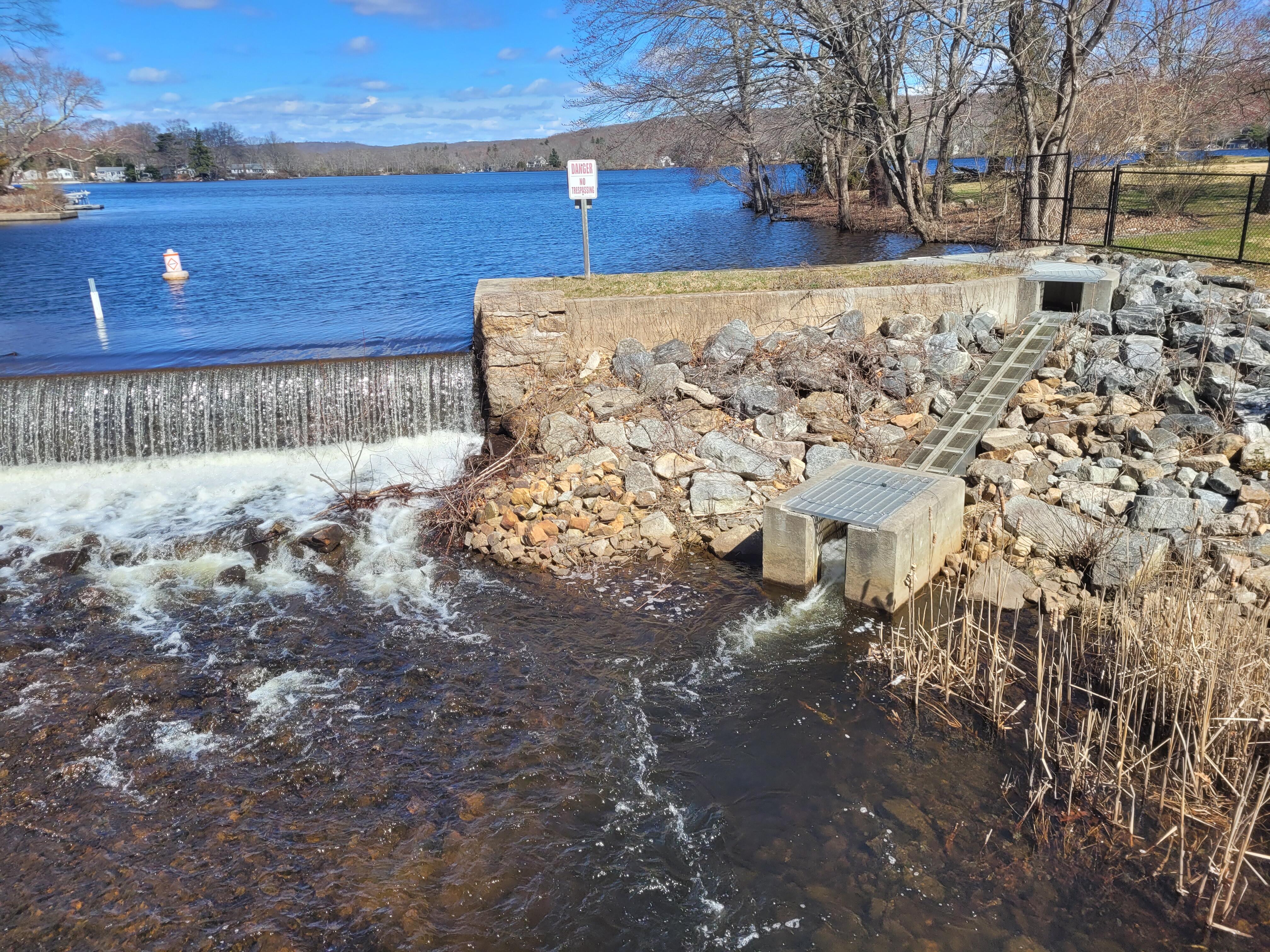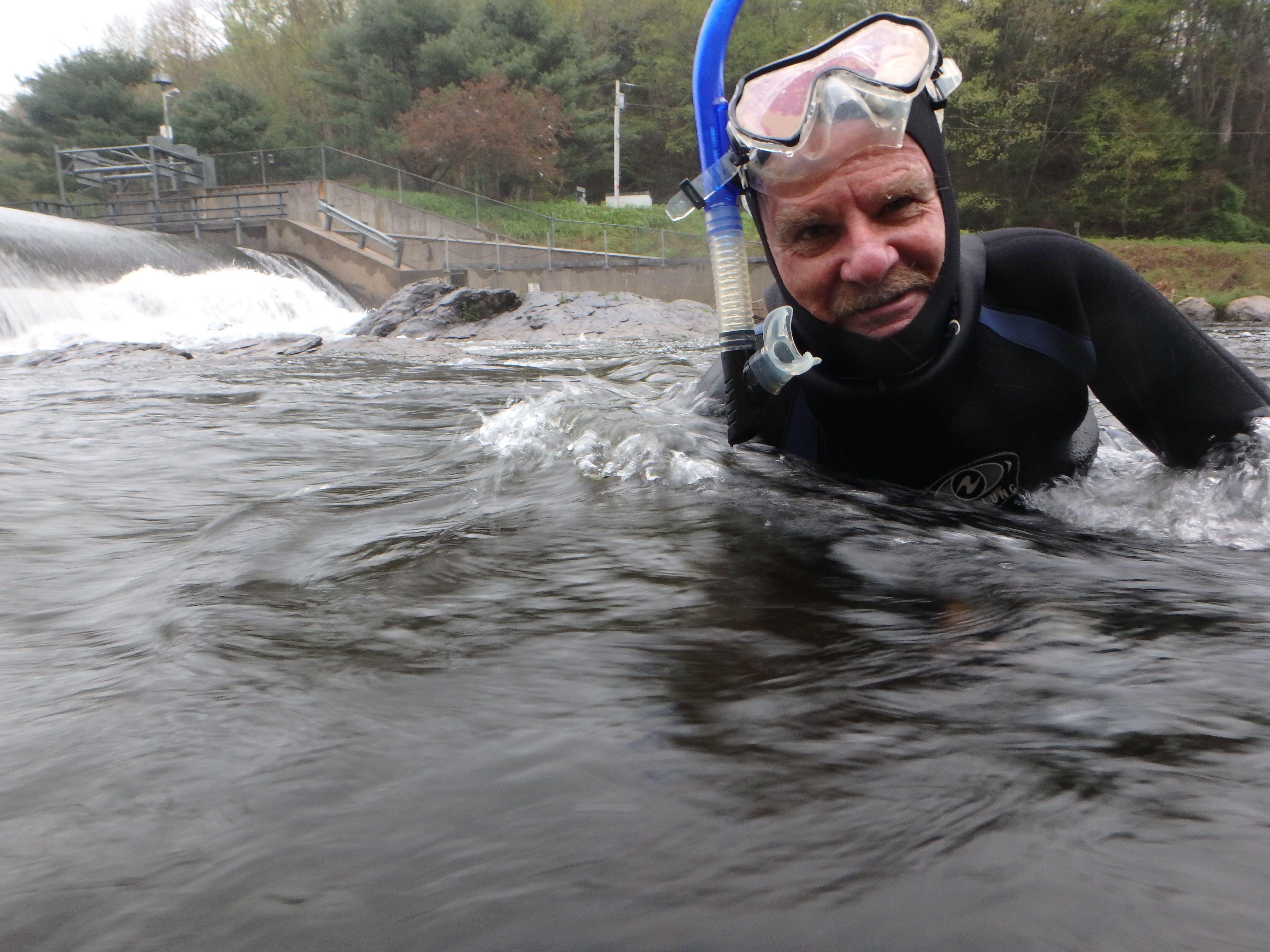[Action Update!] On April 17, 2024, the New England Fisheries Management Council met to consider new management measures that address the river herrings’ spiraling decline, support the rebuilding of Atlantic herring, and contribute to optimum yield . Those who support closing Area 2 again can submit a letter to the Council before 8 a.m. EST, Tuesday, April 30, 2024.
Comments should be emailed to Cate O’Keefe, PhD, Executive Director, New England Fishery Management Council at comments@nefmc.org. Please note on your correspondence; “Atlantic Herring Amendment 10 Scoping Comments.”
“Back in the 1970s and early 1980s, from early April to mid-July, thousands upon thousands of river herring were coming in from the Long Island Sound to spawn in our streams,” explains Steve Gephard, former Supervisor of the Migratory Fish Program for the state of Connecticut.

“Now, empty tributaries are the norm. Numbers lifted over the Holyoke Dam on the Connecticut River went from 630,000 in 1986 to 21 in 2004,” says Gephard. “This downward spiral is a direct result of large ships with massive nets – called ‘midwater trawlers’ – catching Atlantic herring and pulling millions of pounds of river herring out of the ocean as bycatch.”
Similar to how birds migrate, “from December to April, river herring return to the ocean,” explains Gephard. “While there, they congregate with Atlantic herring, which are the target of midwater trawlers. The hotspot we are concerned about is called ‘Area 2’ in federal waters off the eastern end of Long Island.”
After years of urging by conservationists, the New England Fishery Management Council (NEFMC) amended its Atlantic Herring Management Plan by prohibiting the trawlers from Area 2 when the river herring are present.
Unfortunately, the courts threw out the closure before we could see any gains. The upcoming meeting on April 17 is one of six being held to solicit input on how to better support ongoing coastwide restoration efforts for these species.
Conservation groups including Audubon are particularly concerned about the decline of Atlantic and river herring because they are the forage base of both the freshwater and saltwater ecosystems.
Osprey, Bald Eagles, Great Blue Herons, striped bass, tuna, and more depend on these fish to survive. Seabirds like Common and Roseate Terns particularly depend on Atlantic herring to feed their young and prepare for migration.
“Osprey rely heavily on ‘early run’ river herring. Their main food source, Menhaden (another forage fish), only come in when the water gets warm, so they rely on herring in the meantime,” says Gephard.

“Black-crowned Night Herons are evolved for them. We see them lined up on the rails of fish ladders to eat them,” he adds. In more public areas, this gathering of herons becomes a public event, especially for local bird and wildlife photographers.
“Losing river herring would be a demonstrable loss to all who live in the Long Island Sound watershed,” says Gephard.

The unintended take of river herring as bycatch also threatens to devalue Connecticut’s significant investments in river restoration. For the past 50 years, Connecticut has cleaned up its rivers, removed unneeded dams, and built fishways around dams that remain. Conditions improved overall, yet the fish have not returned.
“I grew up on the Connecticut River and have about sixty years’ experience observing river herring. I’ve seen our streams black with herring—you couldn’t see the gravel below there were so many. Now, new generations of biologists have come up thinking that empty tributaries are the norm,” Gephard concludes sadly.





